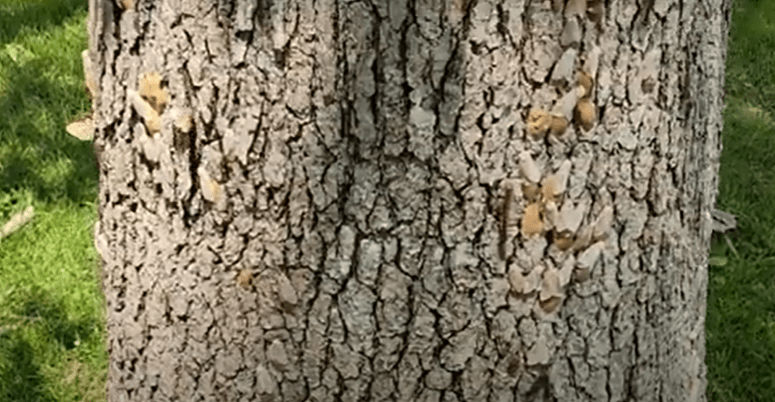MID-HUDSON- Spongy moth populations rise and fall in cycles of roughly 10 to 15 years and entomologists say that 2024 is a year of high population in the Mid-Hudson Region of the state. Populations of spongy moths vary during the cycle, from years with few caterpillars and very minor damage to years with large numbers of caterpillars and very noticeable leaf damage and tree defoliation.
Experts says it’s a good idea to wear gloves when coming in contact with spongy moths. They say that the hairs on the moth carry histamines that can cause a rash. Outbreaks in spongy moths are usually ended by natural causes such as disease and predators.
Spongy moths can also impact tree health. A healthy tree can withstand some defoliation caused by moths, but significant defoliation can kill a tree. Experts say that trees that have been defoliated can bounce back over time.








